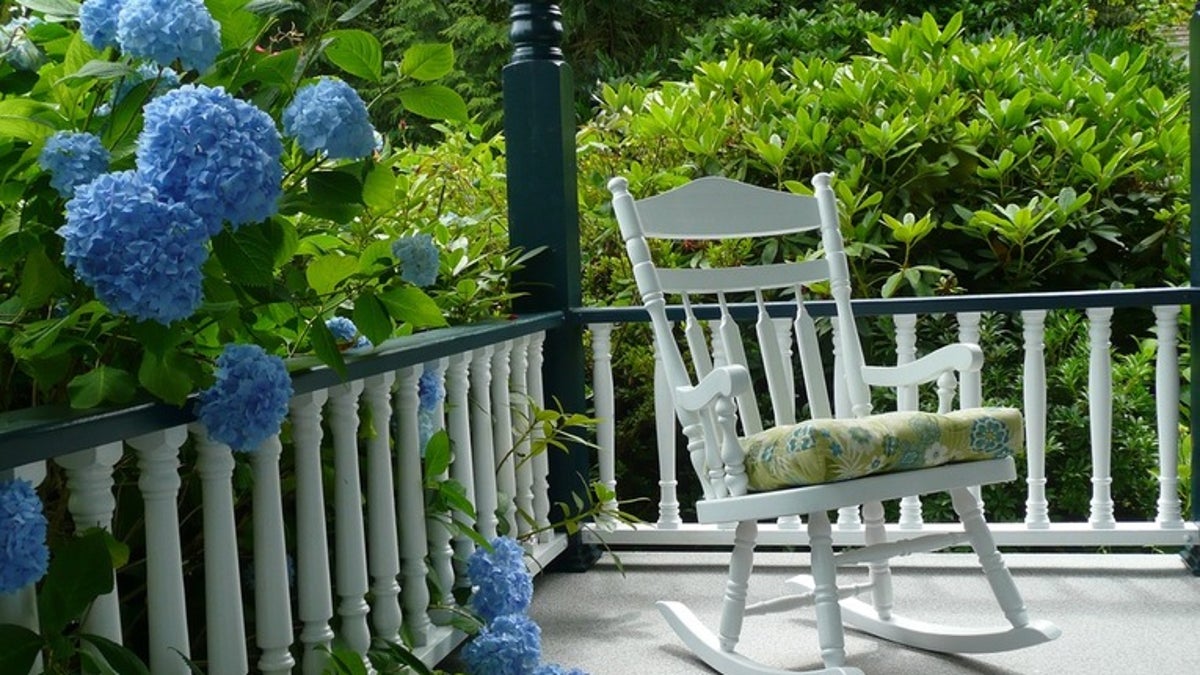
With their sturdy structure, dense form and showy flowers that last for months, hydrangeas have earned their spot as a favorite of gardeners in all but the coldest regions. They might have made their mark in old-fashioned cottage-style gardens, but many gardeners have now discovered that they can be equally at home as statement plants or flowering borders in both traditional and contemporary gardens. If you’re planning to add hydrangeas to your landscape, early spring is a good time to get them in the ground.
Botanical name: Hydrangea macrophylla
Common names: Bigleaf hydrangea, garden hydrangea, mophead hydrangea, French hydrangea
Origin: Native to Japan
Where it will grow: Hardy to minus 20 degrees Fahrenheit, or minus 28.1 degrees Celsius (USDA zones 5 to 9)
Typical plant communities: Light woodland gardens
Water requirement:Regular
Light requirement: Does best in partial shade or full sun in the morning
Mature size: Up to 8 feet tall and 4 to 8 feet wide
Benefits and tolerances: Long-lasting bloom period; tolerates most types of soil as long as they aren’t soggy
Seasonal interest: Abundant flowers on attractive foliage from summer to fall
When to plant: Set out plants in spring to early summer or in fall
Distinguishing traits. Bigleaf hydrangeas form full and dense symmetrical shrubs. They have large flower clusters in shades ranging from white to pink, blue and purple that fade naturally and attractively.
How to use it. Hydrangeas mix well with shrubs and perennials in a garden bed or border, and can be used to line paths and driveways, soften fences and walls, or create a focal point. They can also be grown in containers.
You can use the fresh flowers in arrangements. You can also dry the flowers or allow them to dry naturally and use them in wreaths.
RELATED: Decorate the Front Door With a Springtime Wreath
Planting notes. Choose a site with well-amended, fast-draining soil. Although hydrangeas like some shade, especially in areas that get summer heat, they don’t always do well if they need to compete with tree roots for water. The general rule of thumb is that if grass doesn’t do well in a spot, hydrangeas probably won’t either.
RELATED: Give Gardens Some Shade Under a Pretty Patio Umbrella
Provide consistent moisture, especially for the first two years after planting. Water deeply, but be sure the soil doesn’t remain soggy. Feed with an all-purpose or high-phosphate fertilizer in spring if flower production falls off.
Hydrangeas need little pruning, as most bloom on old wood. Cut back any dead wood in fall or early spring. You can leave fading flowers on the plants until they drop off naturally or until after the plants come out of dormancy in early spring; then cut stems back to the nearest buds.
In cold-winter climates, protect plants with a wood bark or straw mulch, removing it once the danger of frost has passed.
Transplant in fall or winter when the plants are dormant.
Keep the color. For many hydrangeas, their signature pink or blue color may be more a factor of where they’re planted than what was passed on from the parent plants. If you’re looking for a specific color, start by choosing a plant that’s already starting to bloom. If the color changes, you can take some steps to counteract that.
The chemistry is simple: Hydrangeas growing in somewhat alkaline soil are generally pink, while those growing in somewhat acidic soil are blue. If you want to keep your plants pink, simply add limestone around the plant in spring. For blue flowers, amend the soil with aluminum sulfate. You can easily find commercial products designed specifically for this purpose.